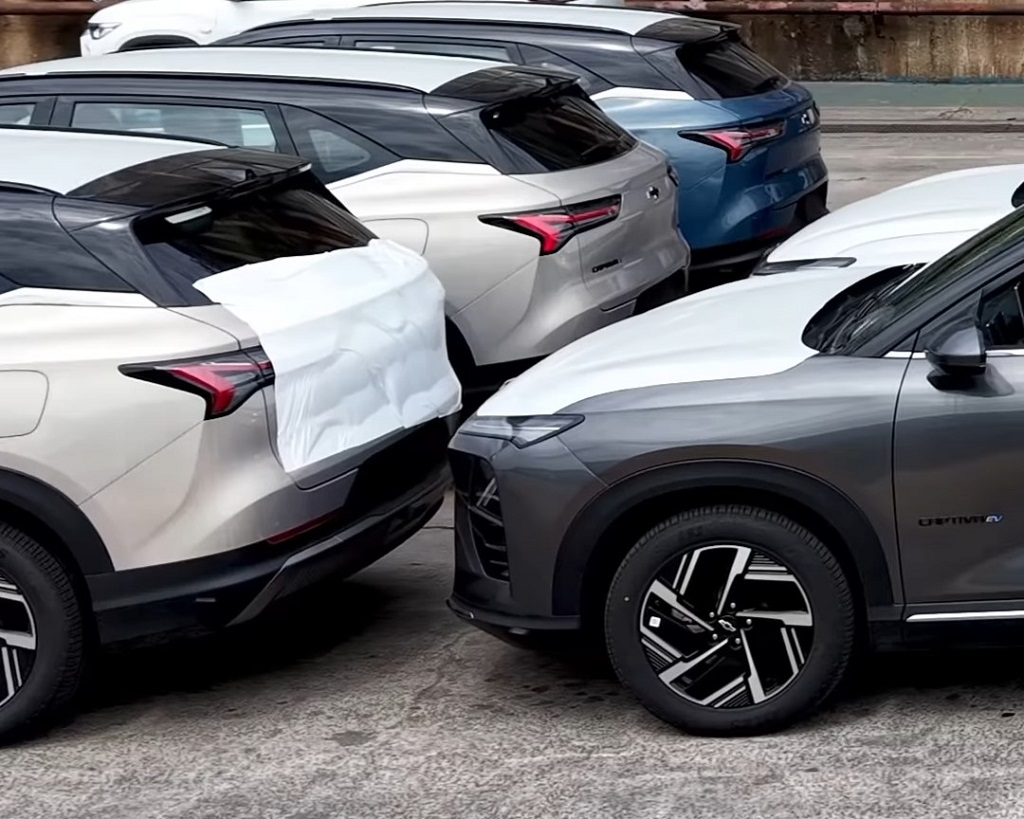In 2024, the automotive landscape is more dynamic than ever, with electric vehicles (EVs), hybrids, and traditional gas cars vying for consumers’ attention. According to Bloomberg Green, EV sales are projected to surpass 30% of global new car sales by 2030. As buyers face a plethora of choices, understanding the emerging trends becomes crucial. This article will delve into the key differences between EVs, hybrids, and gas cars in 2024, and what these trends mean for today’s savvy car buyers.
The Rise of Electric Vehicles: A Look at 2024 Trends
EVs: The Future of Automotive Mobility
The EV market, led by pioneers like Tesla, Rivian, and Lucid Motors, continues to expand rapidly. In 2024, several factors make EVs an attractive choice:
- Improved Range and Charging Infrastructure: According to InsideEVs, recent advancements have pushed the average range of EVs beyond 250 miles on a single charge. Charging infrastructure is also improving, with over 500,000 public charging stations expected worldwide by the end of 2024.
-
Government Incentives and Policies: Countries like the United States, China, and Germany are offering significant tax credits and subsidies for EV purchases, making them financially appealing.
-
Sustainability and Lower Emissions: EVs produce zero tailpipe emissions, aligning with global efforts to combat climate change as highlighted by the International Energy Agency (IEA).
-
Cutting-edge Technology: Brands such as Tesla and BYD are integrating autonomous driving features and advanced infotainment systems, enhancing the driving experience.
In summary, if sustainability and innovation are top priorities, EVs offer an exciting and forward-thinking choice for 2024.
Hybrids: The Best of Both Worlds?
Hybrids, which combine a gasoline engine with an electric motor, continue to bridge the gap between traditional and electric power:
- Fuel Efficiency: Hybrids like the Toyota Prius and Hyundai Ioniq offer impressive fuel efficiency, often exceeding 50 miles per gallon, according to AutoCar.
-
Reduced Emissions: While not as eco-friendly as pure EVs, hybrids still emit fewer pollutants than traditional gas cars.
-
Versatility: With both electric and gasoline engines, hybrids provide flexibility for longer trips without the anxiety of finding a charging station.
-
Affordability and Availability: Often less expensive than EVs, hybrids are widely available, making them a practical choice for those not ready to transition fully to electric.
For buyers seeking a balance of efficiency, cost, and environmental responsibility, hybrids represent a compelling middle ground in 2024.
Gas Cars: Still a Viable Option?
Despite the rise of EVs and hybrids, gas-powered vehicles remain a significant part of the automotive market:
- Performance and Range: Gas cars offer unparalleled range and performance, making them suitable for long-distance travel and rural areas with limited charging infrastructure.
-
Lower Upfront Costs: Traditionally, gas cars have lower initial costs compared to EVs and hybrids, though this gap is narrowing as battery costs decrease.
-
Familiarity and Infrastructure: With an established refueling infrastructure, gas cars are convenient for many drivers who prefer traditional technology.
However, with increasing fuel prices and environmental concerns, the long-term viability of gas cars is being questioned. For those prioritizing traditional driving experiences, gas cars still hold value in 2024.
Making the Right Choice: Practical Tips for Buyers
Choosing between EVs, hybrids, and gas cars boils down to personal needs, lifestyle, and values. Here are some tips to guide your decision:
- Evaluate Your Driving Habits: Consider your daily commute, access to charging infrastructure, and potential for long-distance travel.
-
Assess Total Cost of Ownership: Factor in fuel or electricity costs, maintenance, and potential savings from government incentives.
-
Explore Financing and Incentives: Research available tax credits and subsidies in your region to offset initial purchase costs.
-
Test Drive and Compare: Visit dealerships to experience the driving dynamics and features of each vehicle type firsthand.
-
Stay Informed on Trends: Keep up-to-date with developments in battery technology, charging infrastructure, and automotive innovations.
Conclusion: Navigating the 2024 Automotive Landscape
As we navigate the evolving automotive landscape in 2024, buyers face exciting choices between EVs, hybrids, and gas cars. Each option offers unique benefits, from the cutting-edge technology and environmental benefits of EVs, to the fuel efficiency and versatility of hybrids, and the performance and familiarity of gas cars. Ultimately, the right choice depends on your priorities and lifestyle.
What are your thoughts on the future of automotive technology? Join the conversation in the comments below! As we look to the future, the trends of 2024 suggest a continued shift towards sustainable mobility, with innovations promising to reshape how we travel for years to come.

